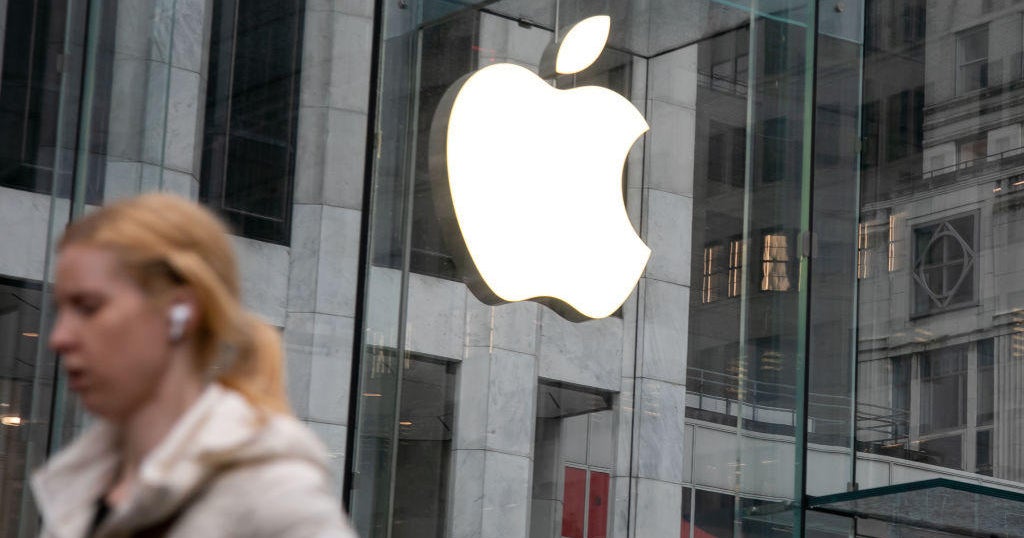Money might not buy you love, but the tab for finding romance online is rising.
The increasing cost of dating apps, matchmaking services and, for those looking for an even bigger edge, love coaching can require singles to spend hundreds or even thousands of dollars in pursuit of finding a partner — and that’s before the first date.
Although most apps operate on a so-called “freemium” model, upgrades and premium features that dating services claim will your boost success rate can greatly increase expenses. Popular dating apps such as Tinder, Bumble, Hinge, The League and others still offer free versions, but charge users for additional features the companies promise will deliver better experiences — and more desirable romantic prospects — as the services look to monetize their platforms.
These upgrades can include:
Paying for unlimited “likes”Gaining access to list of users who “like” youSetting more dating preferencesBeing more visible on the appGiving virtual gifts like flowers
Research from Morgan Stanley found that about 32% of single people in the U.S. use online dating services, and just over a quarter of them pay. The average paying user spends between $18 and $19 a month on either subscriptions or à la carte purchases, according to the study.
On Match Group-owned Hinge, for example, upgrading to Hinge+ costs $100 for six months, or $17 a month. That allows users to “like” an unlimited number of prospects, see who likes them and be more choosy about prospective matches. Hinge notes that it offers a free membership along with it calls “cost-effective” subscriptions.
“Users are often looking for additional support and efficiency with getting out on dates, and subscriptions empower them with additional tools on their dating journey,” the company said in a statement to CBS MoneyWatch.
Another dating app called The League costs $400 for three months. For that price, members are shown five prospects daily, can hide their age on their profiles, scout prospects from two cities at once and receive other perks.
Worthwhile upgrade?
Some dating coaches who help people refine what they’re looking for in a partner encourage their clients to upgrade to pricier dating app subscriptions.
“The premium paid services make a lot of sense to me,” said Natalia Juarez, a dating coach who specializes in breakup recovery and dating strategy.
Although some might scoff at the concept of paying through the nose in affairs of the heart, Juarez compared shelling out on dating apps to paying for premium service from rideshare companies like Lyft and music streaming services like Spotify.
“People understand the value of upgrading — it has infiltrated all areas of life. I am not surprised dating apps have done same thing,” Juarez said.
Relationship coach Amie Leadingham also acknowledged the paradigm shift that has made more people feel comfortable paying up to make a love connection.
“I do recommend going to the paid sites over the free sites, because the free sites are full of fake profiles and scammers. When you invest you have more intention, and it shows you’re being more serious about online dating,” Leadingham told CBS MoneyWatch.
If you don’t pay, “you’re not getting dates”
For their part, some people who pay for premium dating services say the upgrades are worth it, while also wishing the free offerings were improved.
New York-based entrepreneur Bretton Auerbach, founder of real estate marketplace Triple.com, has been paying for dating apps for years. When he first started using dating apps, including Tinder, roughly a decade ago, he quickly encountered two challenges: First, it was taking up a lot of his time and second, he was bumping up against limits on how many peoples’ profiles he could like.
To save time and meet more people, Auerbach signed up for paid versions of a handful of dating apps and found himself spending around $1,000 per month on paid features. That allowed him to view roughly 100 profiles, which he’d whittle down to a date or two.
“If you’re not paying, you’re not getting dates,” Auerbach said. He compared these features such as “boosts” that raise your profile’s visibility to “going into a casino where you buy a bunch of chips, throw them in a slot machine where the wheels spin, and you hope you see someone attractive.
Notably, he also conceded that he’s spent “a lot of money” on dating apps, and ultimately hasn’t found them that useful.
“The best dating experiences I’ve had have mostly been through meeting people through my social network,” Auerbach said.
Bianca Kenworthy, founder and CEO of Pomme Creative, a hospitality consultancy, is a former paid dating app user,who met her husband on Hinge. She upgraded for similar reasons to Auerbach.
“You need the apps because that’s how you meet people now. Our time is precious, and the apps allow you to vet in some ways the person you’re meeting up with,” she said.
Kenworthy thinks the prospects she was shown on Hinge’s paid service were better suited for her. “I understood the potential people were more curated for you, based on an algorithm,” she explained.
As far as the monthly fee, Kenworthy said it was worth it. “That’s like what a pedicure costs. I was looking for a life partner, and I saw it as a monthly investment that could potentially find me that person.”



